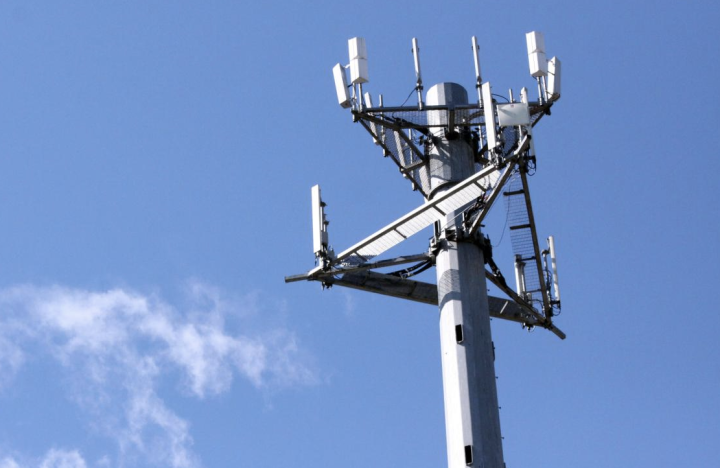
As per the ITU’s draft report released earlier this week, the 5G standard will need to support up to a million connected devices in a square kilometer, and carriers must have at least 100Mhz of free spectrum, and where possible, up to 1Ghz. This will allow for the continuing proliferation of the Internet of Things — after all, as more and more of our devices become connected, we’re going to need more bandwidth to support all that functionality.
The draft 5G specs also specify how base stations will need to support networks in different environments. That means that whether you’re on a train, in the middle of a city, or out in the country, you ought to be able to access your network. Moreover, the ITU calls for 5G to be quit energy efficient. For example, when their radio interfaces are not in use, they ought to downgrade into low energy mode almost immediately. In fact, a
While these specifications are currently only in draft form, it seems as though we’ll have a final version by November. By then, service providers will be seriously working on building out 5G capabilities, so hopefully, we’ll be able to enjoy all these benefits sooner rather than later.
Editors' Recommendations
- Visible’s affordable 5G plans just got even cheaper
- Visible just made its unlimited 5G plan better than ever
- Have T-Mobile? Your 5G service is about to get much faster
- This tiny dongle will change 5G connectivity forever
- T-Mobile just set another 5G speed record


